The Missing Thread: Untold Stories of Black British Fashion
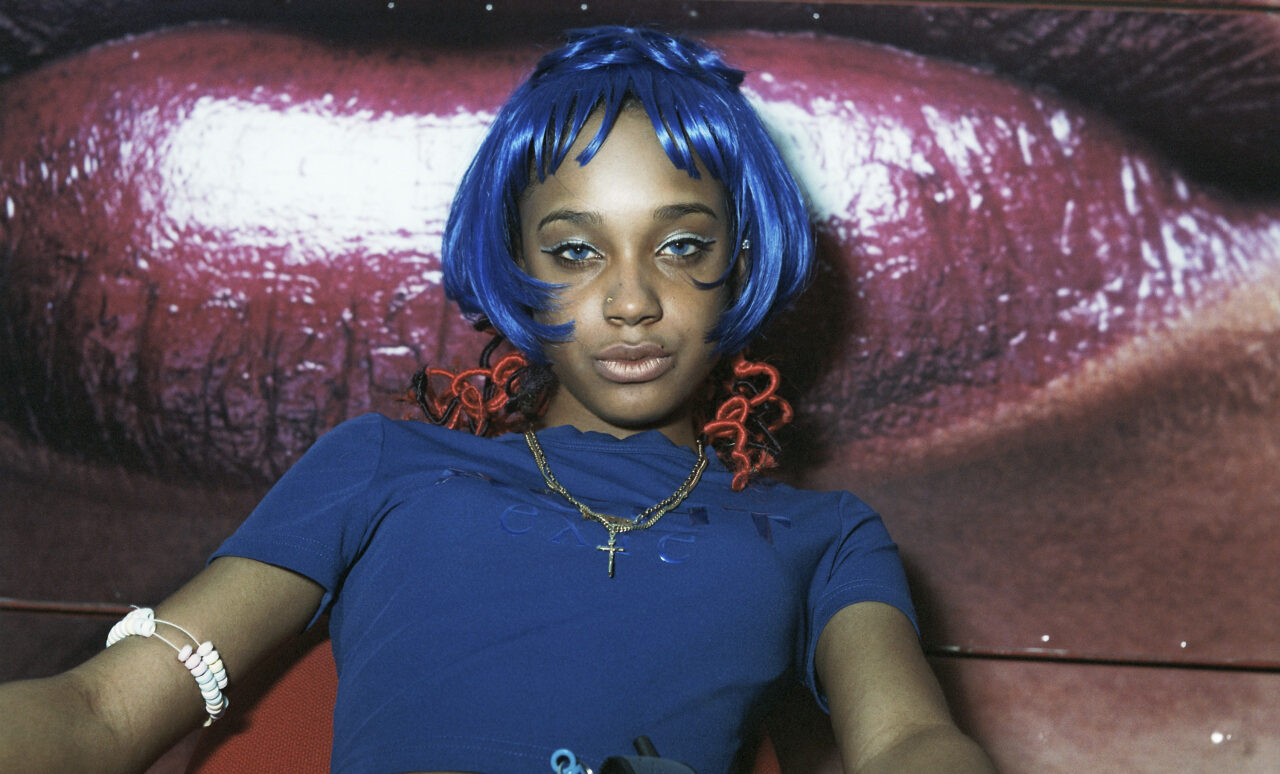
The Missing Thread: Untold Stories of Black British Fashion is an apt transition from London Fashion Week, in keeping with the theme of clothing and style. Its initial press viewing featured curators Harris Elliott, Andrew Ibi and Jason Jules with introductions and affirming words on what the exhibition aims to do and how they have designed each room. The main theme present is the unearthing of something hidden, especially in the history of British Fashion and the contribution of Black culture. As Ibi aptly puts it, “The problem when something is missing is that it’s not really there. It doesn’t mean we can’t see it, it’s just hiding somewhere else.” Ibi further discussed the pieces shown as narratives in fashion that are not often seen and told, and how all-encompassing Black style as a cultural medium is bleeding into art, music, sports and even politics.
The show elucidates this by navigating the viewer through different pieces of media split into four main parts, starting with Home, exploring a feeling of belonging, and the interplay between Black and British identity. This flows into Tailoring, featuring clothes and pieces, and the idea of creating an image. All that blends seamlessly into Performance, and the concept of how one presents themselves through identity, culture and the behind-the-scenes work of that performance. Finally, the last section is Nightlife, looking at how fashion interacts with club culture, with style and design being handed and passed down, each generation shifting that common thread into different directions, which further evolves with time. Media used include clothing, writing, photography, video and music to further highlight the holistic tendencies of fashion, with entries to each different area sectioned by curtains and barriers that resonate with its theme, from a tent made out of measuring tape, plastic and translucent curtains, to newspaper-covered walls.
A particular exhibit of note is the Passing the Cricket Test video essay by Keith Piper. It’s a powerful piece that challenges the divide between Black and British identity, especially in sports, examining the whole idea of belonging and being out of place at the same time, of British ownership over Black achievements and success. It’s visually visceral, using the colours of the flag – red, white and blue – filtered over significant Black individuals in sports to further emphasise the point. The nightlife area is also a highlight, plunging the viewers into neon colours contrasting against black and white photographs. Stereo pieces, scraps of old radios, speakers and jukebox sets are used as separating apparatuses for each section within the room, and then there’s a listening hub for Nicholas Daley’s playlist. In a small room glowing in white and decorated with magazine covers is the nail room where people can get their nails done, further bringing to life the club culture theme.
The Missing Thread is an incredibly educational adventure. Beyond that, it’s also a genuine experience of the progression of time, a peek into histories untold and a magnetic look at Black British fashion and how it shapes the culture that surrounds us today.
Mae Trumata
The Missing Thread: Untold Stories of Black British Fashion is at from 21st September until 7th January 2024. For further information visit the exhibition’s website here.



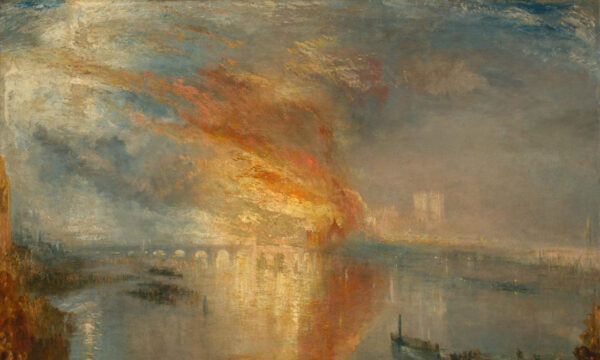
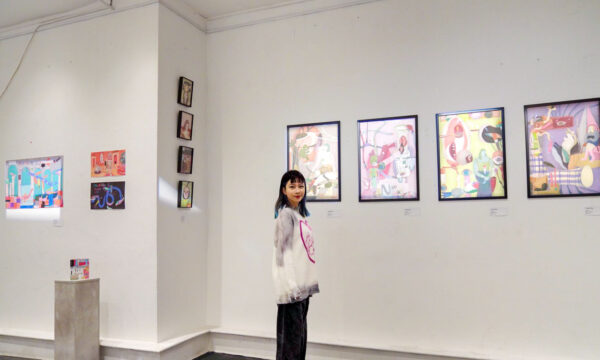
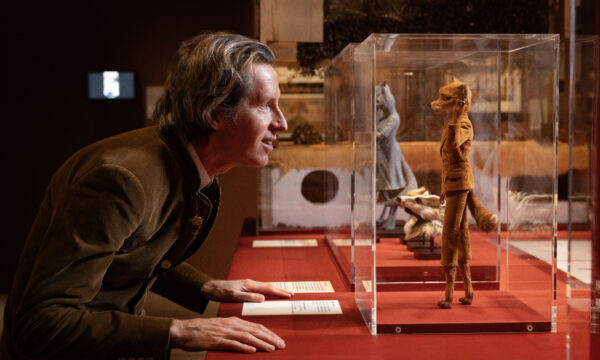
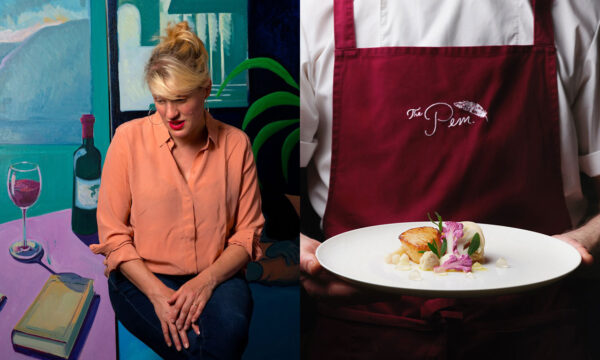
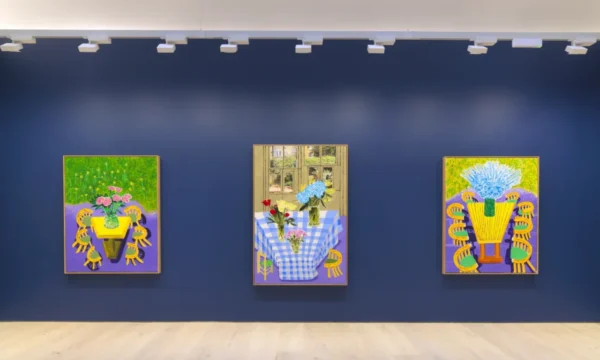
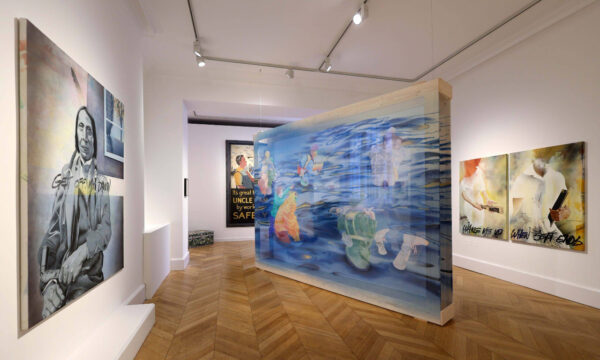
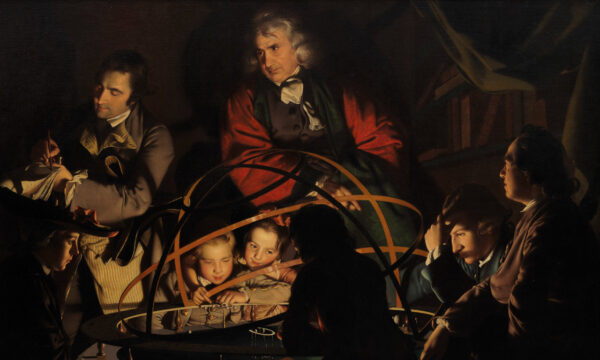
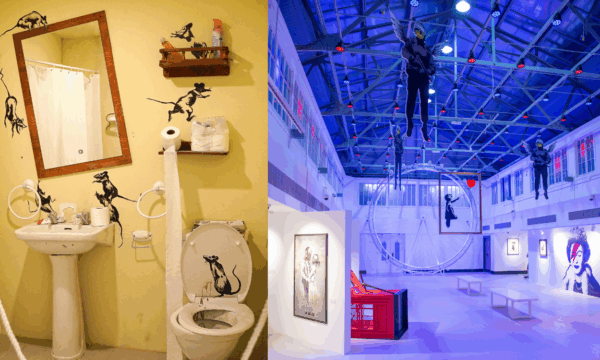






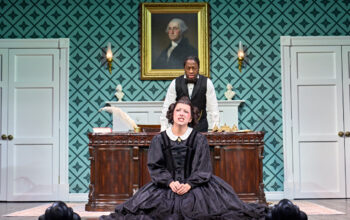





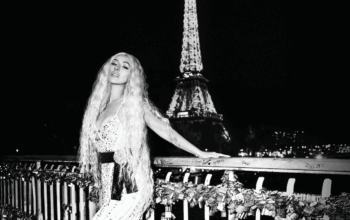

Facebook
Twitter
Instagram
YouTube
RSS